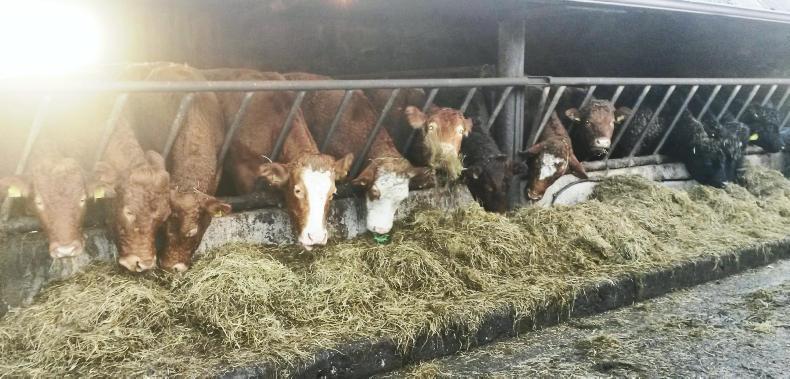Before the busy spring-calving season starts on many farms, now is the time to put the books and records for the past year in order. These figures will be needed later for profit monitors if the farmer is in a Knowledge Transfer (KT) group. The figures will also be required for the completion of personal income tax returns and will be required for filing with the Revenue Commissioners later in the year.
The best advice I can offer is not to hand a box of receipts, invoices, statements and any other piece of post not opened to your adviser
The best advice I can offer is not to hand a box of receipts, invoices, statements and any other piece of post not opened to your adviser or accountant, hoping they will enjoy opening your junk mail and filing it in the useless pile.
Step one
First off, write up a list all sales of animals during the year. Back up these sales records with mart or factory remittance statements and ensure to include any private sales.
Step two
Next, carry out the same exercise for animal purchases including any purchase documents available.
Step three
Before any movements of stock take place in the current year, print off the herd profile from the Department of Agriculture’s Animal Identification and Movement System. This will give accurate details of stock on the farm at the year end and ensure the movement between opening and closing stock is correctly accounted for.
Step four
A small bit of time now, organising all your invoices covering various expenses such as feed, fertiliser, contractors, vets and other costs relating to animal production will not only help in preparing a set of accounts for the business, but this time will also help you better understand where and how much costs were incurred during the year.
Other invoices and receipts for items such as insurance, motor costs, telephone and electricity should also be organised and collected into one file for handing to your adviser or accountant.
Step five
Next up, organise all your bank statements into date order for all bank accounts. Include all current accounts, loans and details of any leases. Also, write up the cheques journal from the chequebook stubs as you will know best who all the payees are and what exactly the expense is for.
For the year ahead, every business should make an effort to reduce the amount of cheques issued by using bank debit cards or online banking facilities. This will not only reduce costs associated with writing cheques, but also provides a ready record of the transaction on the bank statement.
Step six
Finally, make a record of all amounts owed to creditors and suppliers at the year end. Most creditors will be sending a year-end statement over the next few weeks, so include these statements in your newly expanding accounts file.
For many people, the above exercise may seem overwhelming, but once complete it is very satisfying and will certainly help you understand your farm accounts better.
To read more from Trevor Boland click here.






 This is a subscriber-only article
This is a subscriber-only article











SHARING OPTIONS: